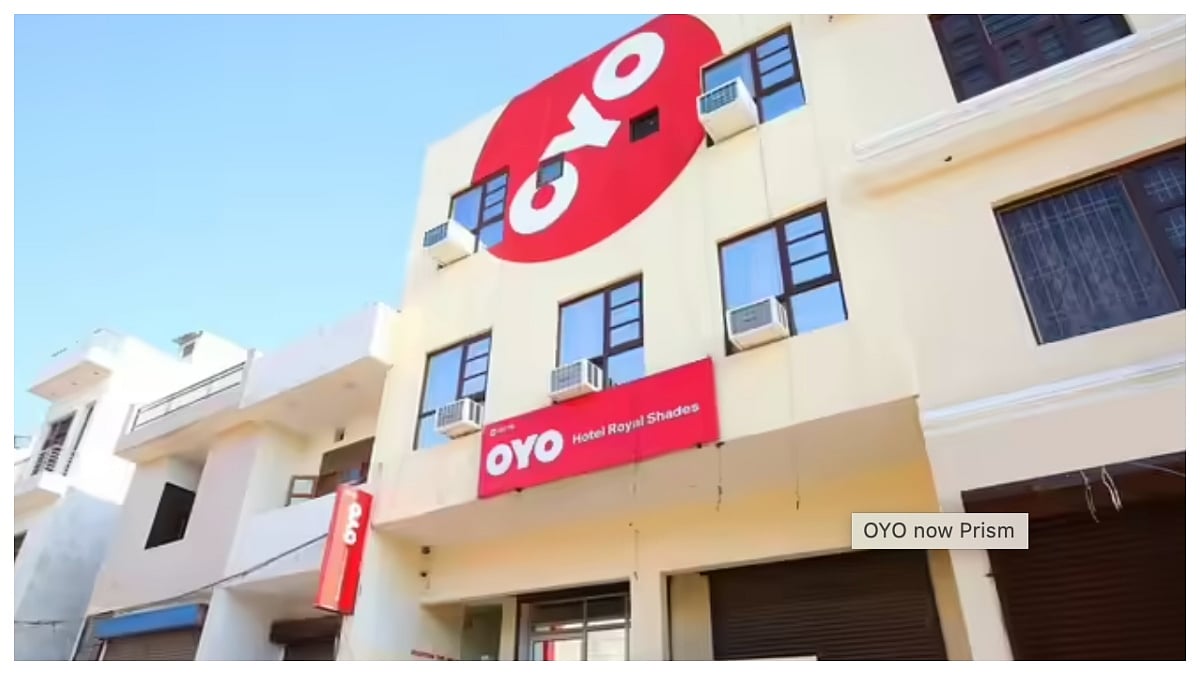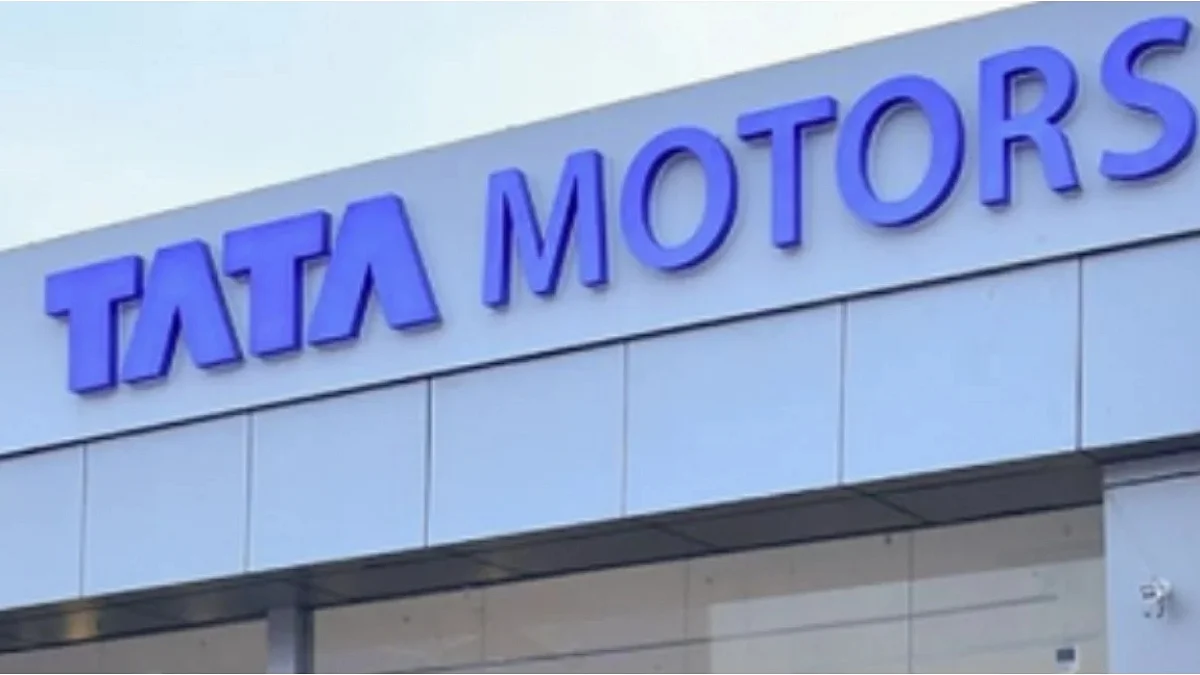In an age of instant noodles – which, as a concept, is fast approaching middle age –instant grocery delivery has come like a booster dose to daily needs shopping. Quick commerce, or q-commerce as it’s called, has created a niche for itself in urban India, delivering food and groceries within minutes, usually no more than 15 minutes. It has not increased convenience shopping but has also led to an increase in impulse buying, especially among the young urban professionals who may be residing alone and may not have the time to cook elaborate meals.
Q-commerce came of age during the pandemic years when work from home (WFH) became the norm, with people willing to pay a premium for fast delivery of groceries and other daily use household goods. These included not just convenience foods such as noodles but also frozen foods, over-the-counter (OTC) medications, stationery and even lifestyle products.
Established brands such as Hindustan Unilever (HUL) and Tata consumer too have recognised the potential of Q-commerce – while HUL says that 10% of its total ice cream sales were generated through Q-commerce, for Tata Consumer, 9.2% of its sales in the last quarter of FY23 came through this channel.
The major beneficiary of course has been the ready-to-eat and convenience foods segment, which have been witnessing a double-digit growth rate. According to a report by consulting company RedSeer, Q-commerce is outpacing traditional delivery models at a frenetic pace and will grow nearly 17 times in the next couple of years – with the Q-commerce market expanding to $5 billion by 2025 from the current $300 million.
The report also points out that so far, Q-commerce in India has barely scratched the surface, catering to just about 2 crore households, which represent 7% of the total estimated market size – suggesting just how much untapped potential is waiting in the wings. Interestingly, while the initial charge of adopting Q-commerce was led by the 20–35-year-olds, the momentum to keep it going is now coming from those in the 36-50 year age bracket, who have warmed up to the concept after word-of-mouth referrals from colleagues and friends – and also find it convenient to order ready-to-eat foods for their children.
What’s even more interesting is that this age cohort – 36-50-year-olds – usually makes planned purchase for their household needs, which means that you end up ordering in bulk, increasing the ticket size of Q-commerce home deliveries. Moreover, delivery times have also substantially shortened, sometimes to under 10 minutes – largely due to a standard distribution model being put in place rather than relying solely on local grocery shops to source the orders.
Today, Q-commerce companies rely on three components to ensure speedy delivery – a mother hub which stores all kinds of household goods required and which are listed and being offered via the app; a distribution centre catering to a group of localities and a dark store, which is essentially a small warehouse, acting as a storage space for not more 2000 products. These are usually located near local residential areas to cut down delivery times for common household goods – especially useful when there are late night or early morning orders at which time local grocery stores may not be open to act as a sourcing point for Q-commerce apps.
-This Article is written by Mr. Varun Chaudhary, Managing Director, CG Corp Global










